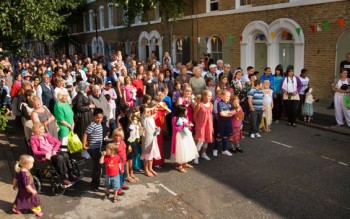

In common with other girls, before and since, she thinks that she will never marry, she doubts her capacity for love. It is when she is most coloured by her master that one likes her least. To be sure, her ideas are mainly those of her idol, Rousseau, but there is a strain of originality as well. Sitting up in bed, whilst her family slept, Lucile scribbled down, half furtively, her thoughts and dreams in these little exercise books. Some of her notebooks and diaries have been preserved, and they show that she was widely read for those days and also accustomed to think for herself.

She was scarcely more than a child, and, like many young girls, inclined to be morbid. ‘ As to Lucile’s own feelings, it is somewhat hard to fathom them indeed, at this time she did not know her own heart.

There is a plaque on the house commemorating her. He was, not entirely unsurprisingly, refused.Ģ2 Rue de Condé, Paris, where Lucile grew up. However, like a plot from a Mozart opera, it was Madame Duplessis’ beautiful daughter Lucile who lost her heart to him and in time he fell in love with her too, which culminated in his asking her father for her hand in marriage in 1787. Camille was more interested in her mother, Madame Annette Duplessis at this stage and spent a lot of time hanging around the Duplessis house at 22 Rue de Condé at this time, no doubt making something of a nuisance of himself. Lucile is known to us through her copious and highly romantic journals and was clearly an imaginative, highly strung rather mutinous girl who delighted in throwing her family into uproar by falling in love with one of her mother’s most ardent admirers Camille Desmoulins, a journalist who was ten years her senior who had money problems and a bit of a reputation for philandering.Ĭamille and Lucile met for the first time when she was a very young girl, while she was walking with her family in the gardens of the Palais du Luxembourg on a sunny Sunday afternoon in the early 1780s. She had one elder sister, Adèle, who was widowed at an early age and then returned home to live with her parents. Photo: Musée Carnavalet/Melanie Clegg.Īnne Lucile Philippa Laridon-Duplessis was born in Paris in 1771 to a rich financier Étienne-Claude Duplessis-Laridon and his wife Anne-Françoise-Marie Boisdeveix.


 0 kommentar(er)
0 kommentar(er)
